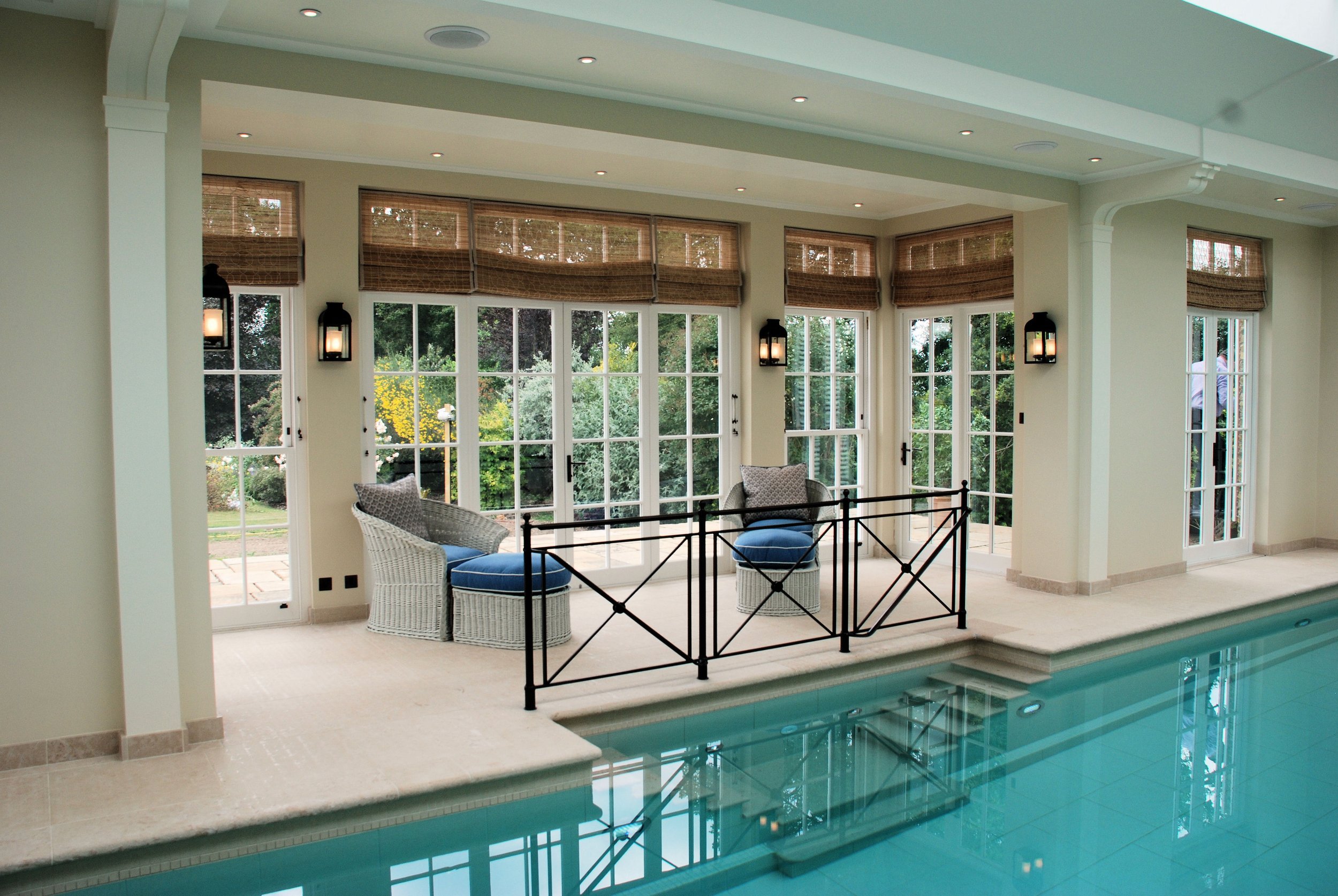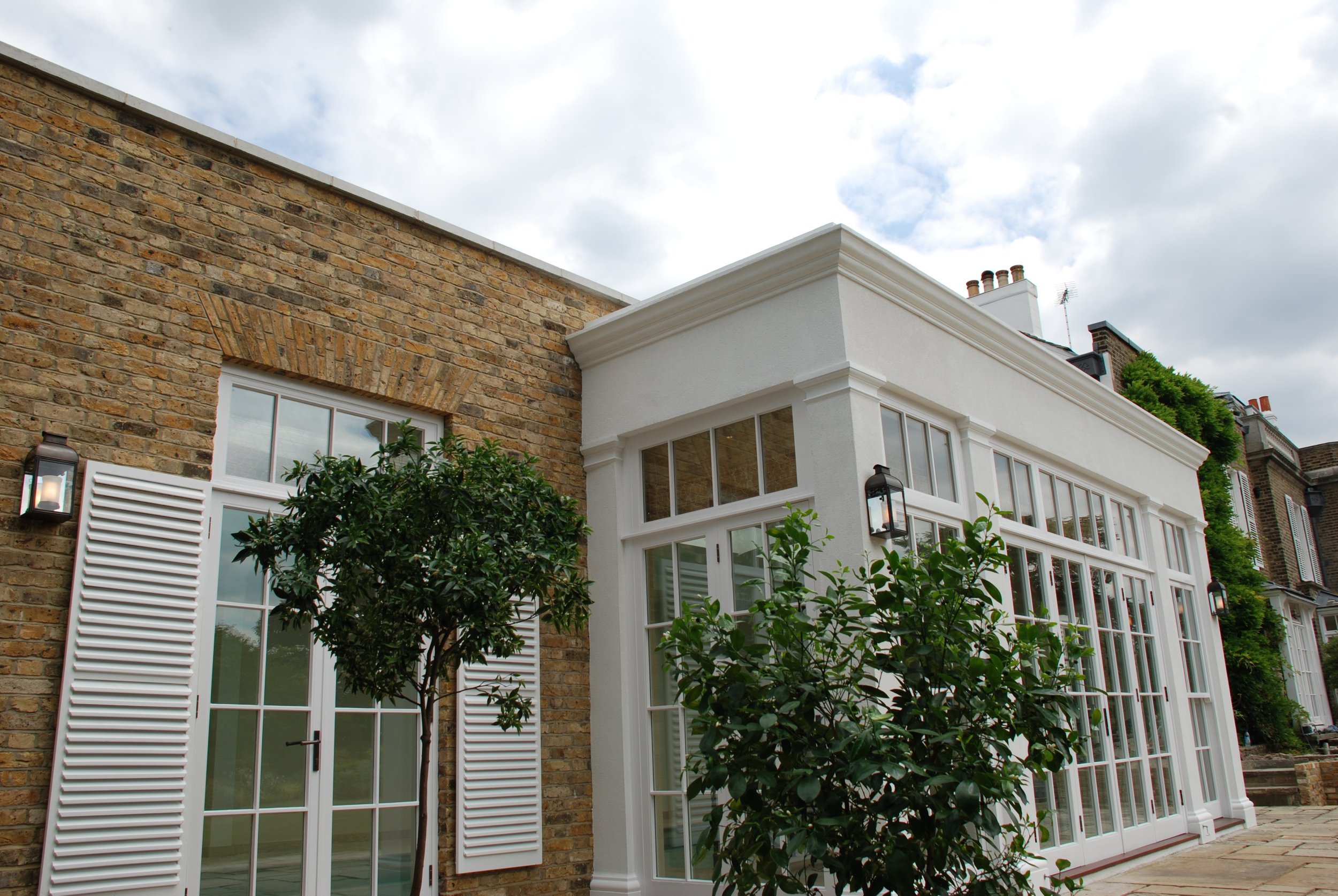Is it Possible to add a New Conservatory onto a Grade II Listed Home?
Grade II Listed homes, whilst having been preserved and cherished for many
years, are often in need of an overhaul to enable the home to be more suited
and convenient for today’s contemporary lifestyles. One question that is often
asked by our new clients is ‘can we add a conservatory?’
What is a Grade II Listing?
There are always dozens of questions which come up when our client is the
owner of a Grade II listed home. If our clients are new to the ownership of a
Grade II listed house, there are quite a few things to discuss regarding the
potential for additions or extensions. Our clients will usually be aware that
Planning Permission and then Building Regulations approval will be required for
any proposed extension or major alterations. When the house has Listed status,
Listed Building Consent is also required for changes or additions other than
everyday maintenance such as internal painting and decorating.
A Listed building – and the vast majority of Listed buildings are Grade II listed - is
considered to be of special architectural or historic interest. The general
overview is that the ‘special interest’ is maintained for posterity and should not
be altered or changed in any way. Our architects are familiar with the
requirements of Planning Permission and Listed Building Consent and will be able
to advise on the concept and likely success of adding a new conservatory from
the very start of the design process.
Styles of Conservatory
Ultimately, a conservatory is a glazed extension to a home, bringing light and a
sense of space into the layout. Traditionally of course, conservatories date from
Victorian times and would have been positioned and designed to accommodate
the various types of rare and exotic plants they would house, according to
requirements for sun or shade. Conservatory and orangeries are often referred to
interchangeably. However, an orangery is a slightly different type of building to a
conservatory, having a stone or brick construction with floor to ceiling glazing
and solid flat roof, rather than the sloping timber and glass roof construction of a
conservatory.
As far as un-listed homes are concerned, a conservatory can
usually be added under Permitted Development , subject to size and height
limitations. Where a Grade II Listed home is concerned, we’re mainly looking at
conservatory-style kitchen extensions, sun-filled garden rooms or perhaps ultra-
contemporary glazed structures that allow sight of original features, walls and
structural details. Ultra-modern conservatories are often referred to as
‘glass box’ structures and can be striking additions to period Listed homes once
Planning Permission and Listed Building Consent have been obtained.
The Position of a Conservatory
A conservatory is generally situated at the side or back of a house. In the case of
a terraced town house, for example, a conservatory or conservatory-style
extension may only really be positioned at the back of the house. Its size will be
governed by how much space it will take up within the rear garden area. If the
property has already been extended the potential for adding further dwelling
space may be limited. If the original house has particular architectural details
that are of special interest, the design of the new conservatory may repeat some
of those details, such as the style and proportion of glazing bars and roof trims.
As well as the positioning of a conservatory or conservatory-style extension, our
design team would also be considering every aspect of insulation and heat-loss
solutions to ensure that the new conservatory structure can be kept warm and
comfortable in the winter months, whilst still providing a cool, airy and useable
living space in the heat of summer.
Thanks to many years of combined experience, our architectural teams will be able to
provide design solutions that will enable a conservatory, or conservatory-style
glazed extension to enhance a Grade II listed home whilst keeping within the
requirements of Planning Permission and gaining Listed Building Consent.
Our experts will also provide design advice if there is an existing conservatory
or glazed extension that needs upgrading, repair or renovation.
Have a project in mind?


